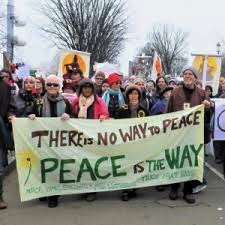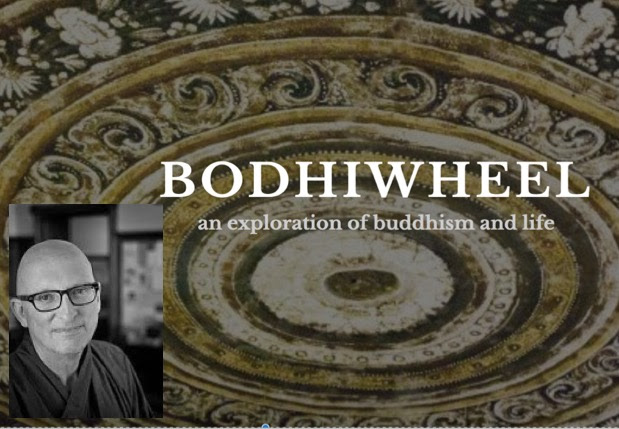This Monday night, Susie will facilitate. She shares:
This week we are going to review together the Five Mindfulness Trainings, which are:
Reverence for Life
True Happiness
True Love
Loving Speech and Deep Listening
Nourishment and Healing
I would like to focus our discussion on the fourth training - Loving Speech and Deep Listening.
Aware of the suffering caused by unmindful speech and the inability to listen to others, I am committed to cultivating loving speech and compassionate listening in order to relieve suffering and to promote reconciliation and peace in myself and among other people, ethnic and religious groups, and nations. Knowing that words can create happiness or suffering, I am committed to speaking truthfully using words that inspire confidence, joy, and hope. When anger is manifesting in me, I am determined not to speak. I will practice mindful breathing and walking in order to recognize and to look deeply into my anger. I know that the roots of anger can be found in my wrong perceptions and lack of understanding of the suffering in myself and in the other person. I will speak and listen in a way that can help myself and the other person to transform suffering and see the way out of difficult situations. I am determined not to spread news that I do not know to be certain and not to utter words that can cause division or discord. I will practice Right Diligence to nourish my capacity for understanding, love, joy, and inclusiveness, and gradually transform anger, violence, and fear that lie deep in my consciousness. * * *
Loving speech includes
- breath,
- intonation,
- eye contact,
- body language,
- thoughts forming,
- words,
- sentences,
- punctuations.
I know that words matter. At times I notice my speech comes straight from my programmed mind, and I hear the words after they come out that I really didn't mean to utter. It makes me rethink how much I really need to say. I wonder what is my motivation for speaking. Is it ego? Do I desire connection? Is it more comforting to fill the space with sound? Then I take a breath, and ponder the purpose of these utterances, sometimes before they've tripped out or after.
A life coach I was speaking with at a party said he witnesses people minimizing what they are about to say by apologizing or using words like "I guess I just..." or "It's probably me..." and sometimes end a declaration with "...anyways". Saying "I am sorry" when it's the other person's doing.
From Don Miguel Ruiz's classic book of Toltec wisdom, The First Agreement is Be Impeccable with Your Word.
Loving speech begins with how we speak to the self. Our speech is coming from the heart. How kind is our self-talk? Can we forgive self for the imperfections of our human existence? We have anger, frustration, toxic feelings that can be soothed with compassionate encouragement and gentle voice.
We may repeat what we heard our parents say, and we are caught off guard when the words unexpectedly slip out - for better or worse. Most recently, I have been remembering and journaling about the hurtful speech I grew up hearing. It makes me sad for the small child I was, and yet it's very helpful to be aware of it. I am grateful I survived this period in my life, and when I hear those phrases in my head, I practice self-care and re-parenting as much as possible. I get to break the pattern, and replace cruel speech with loving speech.
Begin with self, and say -
"Good Morning My Darling! What did you dream about?"
(I am always the first person up in my house. This is on a card by my bed that I see when I wake up.)
"How can I be my own best friend today?"
(Put this on a post it in your kitchen or bathroom.)
"I am enough!"
(I write this on my hand when I need a reminder.)
When we have enough for ourselves, we can then give to others. What words are you using that are unkind to you or others around you? What words are in you that don't support your true self, and don't support the true nature of the people in your life that you love the most, and the stranger too? Monday, we will come together to support each other in lovingly letting these harmful words go, and make space for the words that resonate with you in this moment.
To me, deep listening means I listen wholeheartedly. I try to practice listening reflectively - repeating the words I am hearing in my mind so I know I am completely aware of what the person in front of me is saying. I try to remember to breathe in while I am listening, and stay present. I listen without preparing a response while the other is speaking to me, without the ego interfering and worrying, without thinking about how I can fix this person or their problems. Of course I don't do all of this all the time - hello!
I have always been on a quest to be more aware. This life takes a lifetime and I will get there as long as it takes. Will you join me? I hope so. See you Monday!
In love and light,
Susie
------------------------------------------------------------------------------------------------
The Five Mindfulness Trainings
The Five Mindfulness Trainings represent the Buddhist vision for a global spirituality and ethic. They are a concrete expression of the Buddha's teachings on the Four Noble Truths and the Noble Eightfold Path, the path of right understanding and true love, leading to healing, transformation, and happiness for ourselves and for the world. To practice the Five Mindfulness Trainings is to cultivate the insight of interbeing, or Right View, which can remove all discrimination, intolerance, anger, fear, and despair. If we live according to the Five Mindfulness Trainings, we are already on the path of a bodhisattva. Knowing we are on that path, we are not lost in confusion about our life in the present or in fears about the future.
Reverence for Life
Aware of the suffering caused by the destruction of life, I am committed to cultivating the insight of interbeing and compassion and learning ways to protect the lives of people, animals, plants, and minerals. I am determined not to kill, not to let others kill, and not to support any act of killing in the world, in my thinking, or in my way of life. Seeing that harmful actions arise from anger, fear, greed, and intolerance, which in turn come from dualistic and discriminative thinking, I will cultivate openness, non-discrimination, and non-attachment to views in order to transform violence, fanaticism, and dogmatism in myself and in the world.
True Happiness
Aware of the suffering caused by exploitation, social injustice, stealing, and oppression, I am committed to practicing generosity in my thinking, speaking, and acting. I am determined not to steal and not to possess anything that should belong to others; and I will share my time, energy, and material resources with those who are in need. I will practice looking deeply to see that the happiness and suffering of others are not separate from my own happiness and suffering; that true happiness is not possible without understanding and compassion; and that running after wealth, fame, power and sensual pleasures can bring much suffering and despair. I am aware that happiness depends on my mental attitude and not on external conditions, and that I can live happily in the present moment simply by remembering that I already have more than enough conditions to be happy. I am committed to practicing Right Livelihood so that I can help reduce the suffering of living beings on Earth and reverse the process of global warming.
True Love
Aware of the suffering caused by sexual misconduct, I am committed to cultivating responsibility and learning ways to protect the safety and integrity of individuals, couples, families, and society. Knowing that sexual desire is not love, and that sexual activity motivated by craving always harms myself as well as others, I am determined not to engage in sexual relations without true love and a deep, long-term commitment made known to my family and friends. I will do everything in my power to protect children from sexual abuse and to prevent couples and families from being broken by sexual misconduct. Seeing that body and mind are one, I am committed to learning appropriate ways to take care of my sexual energy and cultivating loving kindness, compassion, joy and inclusiveness - which are the four basic elements of true love - for my greater happiness and the greater happiness of others. Practicing true love, we know that we will continue beautifully into the future.
Loving Speech and Deep Listening
Aware of the suffering caused by unmindful speech and the inability to listen to others, I am committed to cultivating loving speech and compassionate listening in order to relieve suffering and to promote reconciliation and peace in myself and among other people, ethnic and religious groups, and nations. Knowing that words can create happiness or suffering, I am committed to speaking truthfully using words that inspire confidence, joy, and hope. When anger is manifesting in me, I am determined not to speak. I will practice mindful breathing and walking in order to recognize and to look deeply into my anger. I know that the roots of anger can be found in my wrong perceptions and lack of understanding of the suffering in myself and in the other person. I will speak and listen in a way that can help myself and the other person to transform suffering and see the way out of difficult situations. I am determined not to spread news that I do not know to be certain and not to utter words that can cause division or discord. I will practice Right Diligence to nourish my capacity for understanding, love, joy, and inclusiveness, and gradually transform anger, violence, and fear that lie deep in my consciousness.
Nourishment and Healing
Aware of the suffering caused by unmindful consumption, I am committed to cultivating good health, both physical and mental, for myself, my family, and my society by practicing mindful eating, drinking, and consuming. I will practice looking deeply into how I consume the Four Kinds of Nutriments, namely edible foods, sense impressions, volition, and consciousness. I am determined not to gamble, or to use alcohol, drugs, or any other products which contain toxins, such as certain websites, electronic games, TV programs, films, magazines, books, and conversations. I will practice coming back to the present moment to be in touch with the refreshing, healing and nourishing elements in me and around me, not letting regrets and sorrow drag me back into the past nor letting anxieties, fear, or craving pull me out of the present moment. I am determined not to try to cover up loneliness, anxiety, or other suffering by losing myself in consumption. I will contemplate interbeing and consume in a way that preserves peace, joy, and well-being in my body and consciousness, and in the collective body and consciousness of my family, my society and the Earth.

























